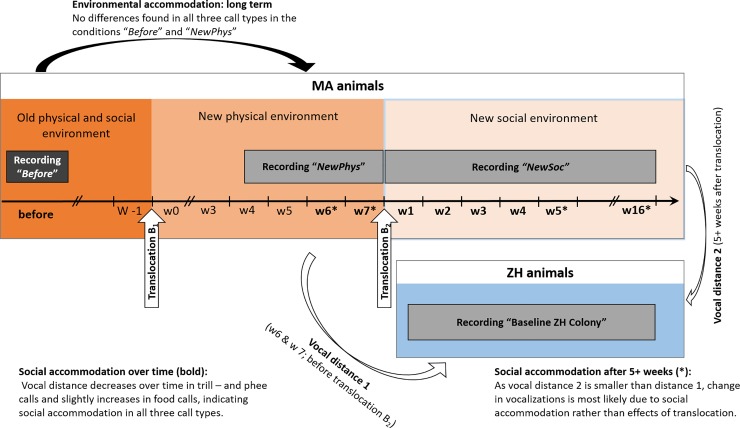Fig 2. Timeline and comparisons of translocation B1 and B2.
The vocalizations of the animals from MA were first recorded in their home colony (old physical and social environment, recording “Before”). After that, they were translocated to a new physical environment (“Translocation B1”, to a quarantine station, recording “NewPhys”), which allowed us to re-assess long term environmental accommodation (black arrow). Their calls did not differ before and after the translocation B1 to the new physical environment. Next, the animals were translocated to the ZH colony (“Translocation B2”, to a new social (and physical) environment, recording “NewSoc”). To quantify the social accommodation over time, we measured the vocal distance before any new social vocal contacts, during the weeks 6 & 7 after translocation B1, as well as immediately after the animals arrived in the new colony and up to week 16, (weeks labelled in bold). To test for social accommodation after 5+ weeks of contact with the new colony (when potential short-term environmental accommodation effects must have disappeared), we compared the vocal distance (white arrows) between the animals from the ZH colony (“Baseline ZH Colony”) and the MA animals, immediately before Translocation B2 (vocal distance 1) and after they were 5+ weeks in the new social environment (after “Translocation B2”; vocal distance 2, weeks with *). We found that after translocation to the new social environment, the vocal distance between the MA and the ZH animals decreased in two call types and slightly increased in the third call type, as well as remained smaller / larger also after 5+ weeks, which is indicative of social accommodation.

